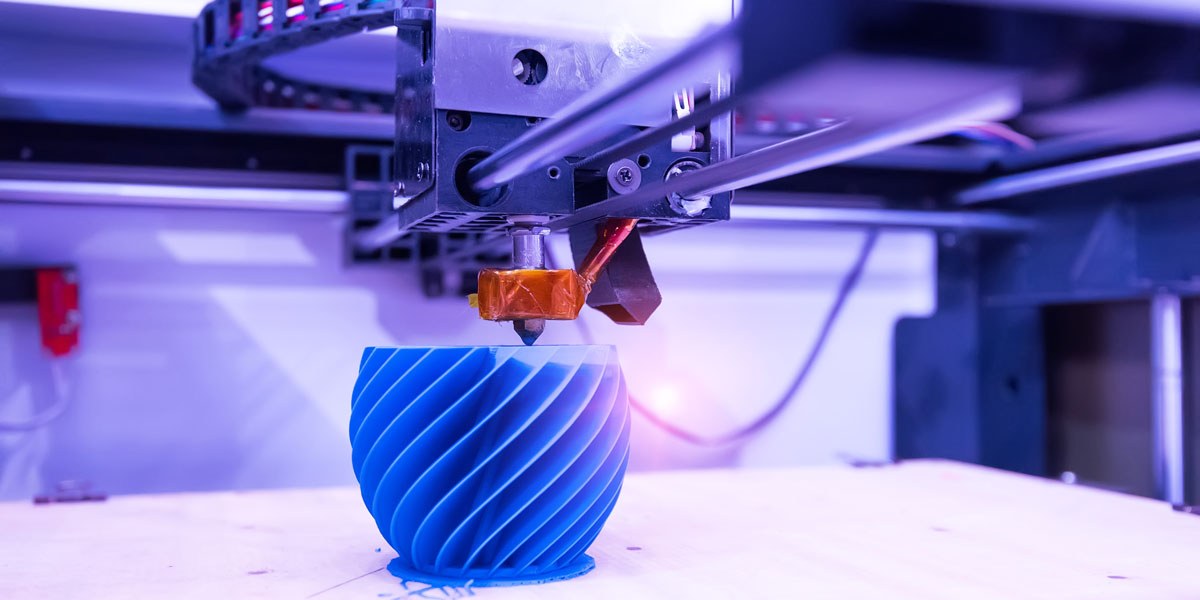Introduction:
Additive manufacturing, commonly known as 3D printing, has come a long way since its inception. Initially used for rapid prototyping, this technology has evolved to transform various industries, offering unparalleled opportunities for innovation, customization, and efficiency. In this blog, we will explore the exciting advancements and potential future developments in additive manufacturing that are poised to revolutionize multiple sectors.
1. Industrial Applications:
Additive manufacturing is already revolutionizing the aerospace industry by enabling the production of complex, lightweight parts with enhanced performance characteristics. For example, companies like Airbus have leveraged 3D printing to create components such as cabin brackets, air ducts, and even complete engine parts.
2. Materials Advancements:
The expansion of compatible materials in additive manufacturing is opening up new possibilities in the medical field. Companies like Stryker and Zimmer Biomet are utilizing additive manufacturing to create personalized implants tailored to individual patients, improving surgical outcomes and patient satisfaction.
3. Mass Customization:
Additive manufacturing enables mass customization, allowing consumers to have products tailored to their preferences and needs. For instance, companies like Nike and Adidas have embraced 3D printing to create customized footwear, offering customers the opportunity to design shoes that perfectly fit their feet.
4. Sustainability and Circular Economy:
Additive manufacturing contributes to sustainability in the automotive industry. For example, automakers like General Motors and BMW are utilizing 3D printing for rapid prototyping, tooling, and low-volume production, reducing material waste and energy consumption. Additionally, 3D printing enables the production of spare parts on demand, minimizing waste and reducing the need for large inventories.
5. Integration with Emerging Technologies:
Additive manufacturing is making its way into the construction industry. Recently, there have been notable advancements in 3D-printed houses. For instance, in 2021, a Dutch company called Van Wijnen collaborated with the Eindhoven University of Technology to build the world's first habitable 3D-printed concrete houses. This groundbreaking project showcased the potential of additive manufacturing in revolutionizing the construction sector, offering faster construction times, reduced material waste, and greater design freedom.
Conclusion:
The examples in aerospace, medical, consumer products, automotive, and construction, including the recent breakthroughs in 3D-printed houses, demonstrate the transformative potential of additive manufacturing. As this technology continues to advance, we can expect further breakthroughs that will reshape industries, drive innovation, and provide unique solutions to complex challenges. The future of additive manufacturing is indeed exciting, and its impact on multiple sectors will continue to expand.





0 Comments